Day 1: Introduction to Deep Learning: Understanding the Basics
 Naveen
Naveen- 0
Welcome to this Deep Learning Course! Today is the beginning of our course and in this first article we will be talking about basics of Deep Learning. So, Let’s get started.
Deep learning, is a subfield of machine learning that focuses on algorithms inspired by the structure of the human brain called which is an artificial neural network, and has gained significant attention in recent years due to its capabilities in solving complex problems. From image recognition to natural language processing, it has been impacted everywhere.
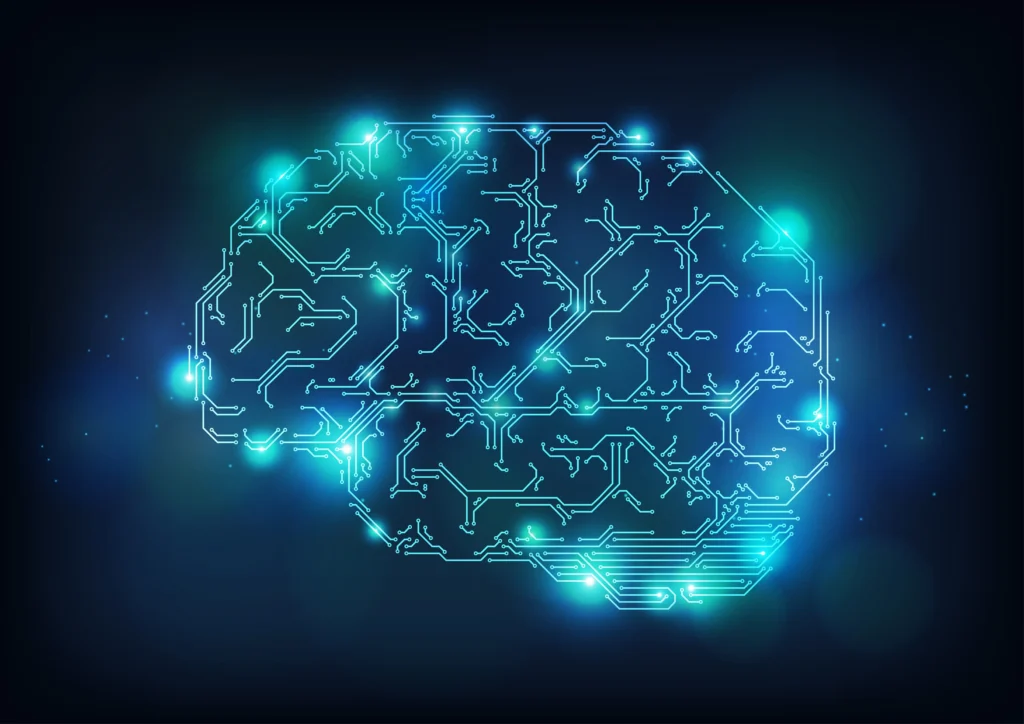
What is deep learning?
Deep learning is a machine learning technique that teaches computers to learn from an example, just like humans. This involves training artificial neural networks to recognize patterns and make decisions based on input data. These neural networks consist of multiple layers that allow them to learn hierarchical representations of data, making them very efficient at solving complex tasks.
Applications of Deep Learning
Image Recognition: Deep learning has significantly improved image recognition capabilities, enabling applications like facial recognition, object detection, and medical image analysis.
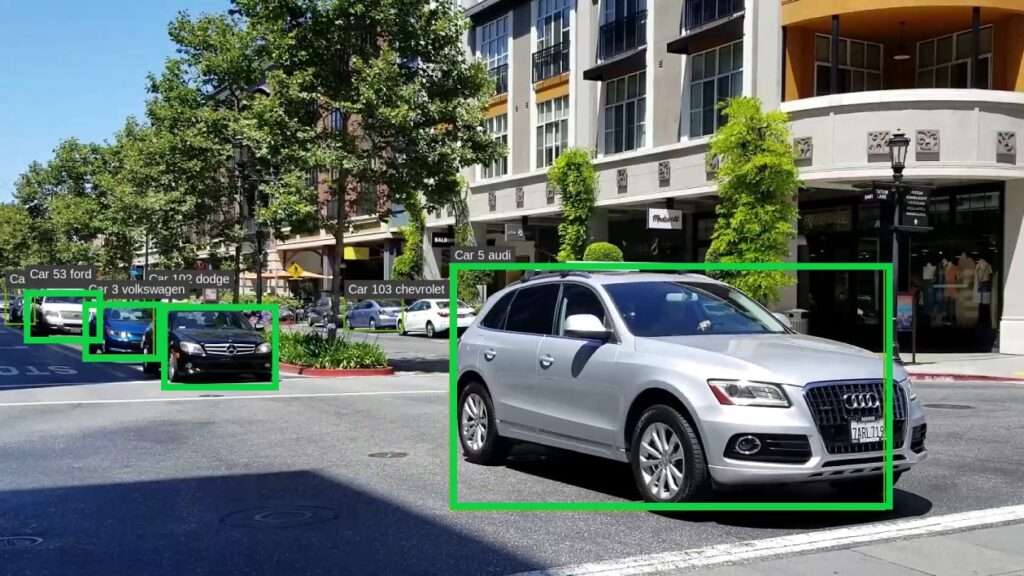
Natural Language Processing: Deep learning has revolutionized NLP tasks such as sentiment analysis, machine translation, and text summarization.

Speech Recognition: Deep learning has enhanced speech recognition systems, making them more accurate and efficient in understanding spoken language.
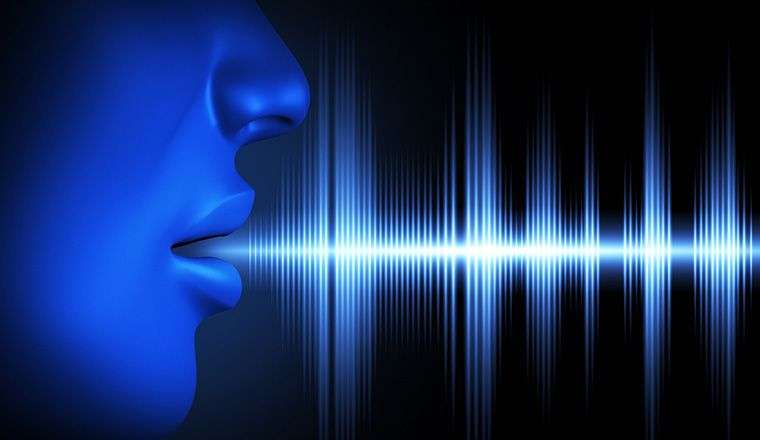
Self-driving Cars: Deep learning plays an important role in the development of self-driving cars, allowing them to perceive and navigate their environment.

Recommender Systems: Deep learning has been used heavily and improved the performance of recommender systems, providing personalized recommendations based on user preferences and behavior.
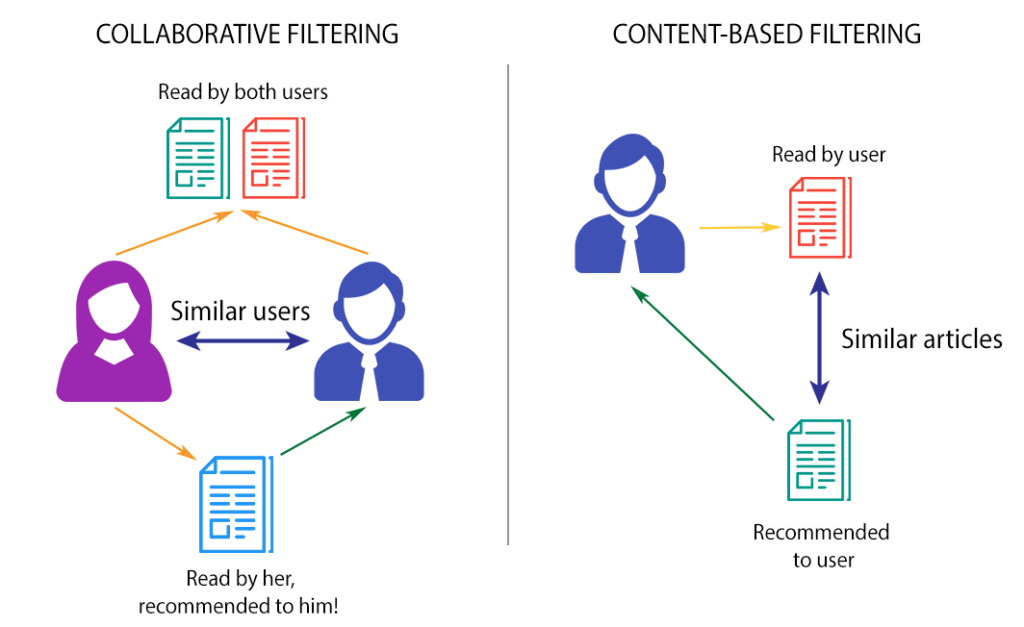
Let’s Build a Simple Deep Learning Model using Keras
Building simple deep-learning models requires a basic knowledge of Python programming and some knowledge of linear algebra, calculus, and probability. There are many deep learning libraries available, including TensorFlow, Keras, and PyTorch.
# Import necessary libraries
import numpy as np
from keras.models import Sequential
from keras.layers import Dense
# Generate random input data
X = np.random.random((1000, 20))
y = np.random.randint(2, size=(1000, 1))
# Create a sequential model
model = Sequential()
# Add layers to the model
model.add(Dense(units=64, activation='relu', input_dim=20))
model.add(Dense(units=1, activation='sigmoid'))
# Compile the model
model.compile(loss='binary_crossentropy', optimizer='adam', metrics=['accuracy'])
# Train the model
model.fit(X, y, epochs=10, batch_size=32)
# Evaluate the model
loss, accuracy = model.evaluate(X, y)
print('Loss:', loss)
print('Accuracy:', accuracy)
After executing the above code, you will be able to see following training process
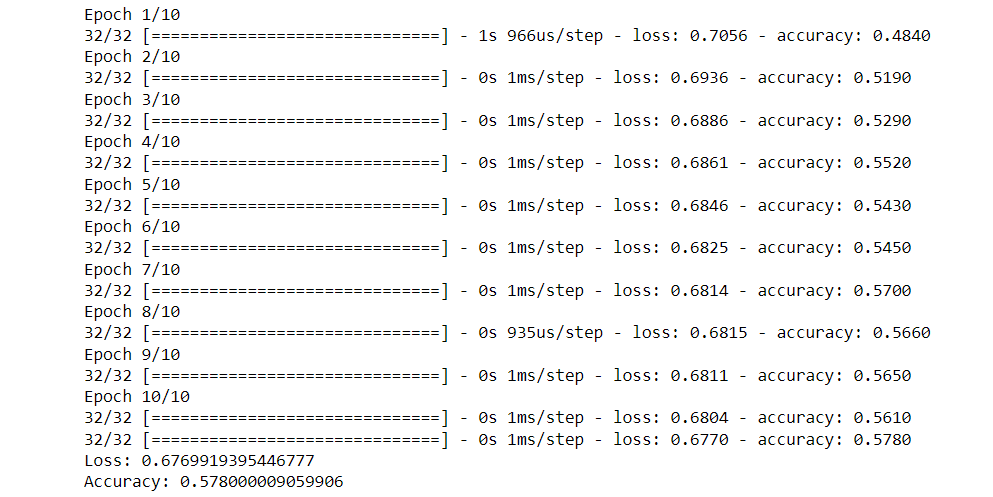
In this example, we first import the necessary libraries and generate random input data. Then we create a sequential model and add layers to it. The model is compiled using the binary_crossentropy loss function and the Adam optimizer. Finally, we train the model and evaluate its performance.
Conclusion
Deep learning techniques have become important to solve complex problems in various fields. By understanding the basics and gaining hands-on experience with deep-learning libraries, you will be able to explore more in this field. As we go along in this course, we will delve into advanced topics and techniques to improve your deep learning skills.

Popular Posts
- A Comprehensive Guide on Hyperparameter Tuning
- Python for Machine Learning: A Beginner’s Guide
- Mastering Image Contrast: A Step-by-Step Guide to Enhancing Image
- Histogram Equalization: Enhancing Image Quality and Contrast
